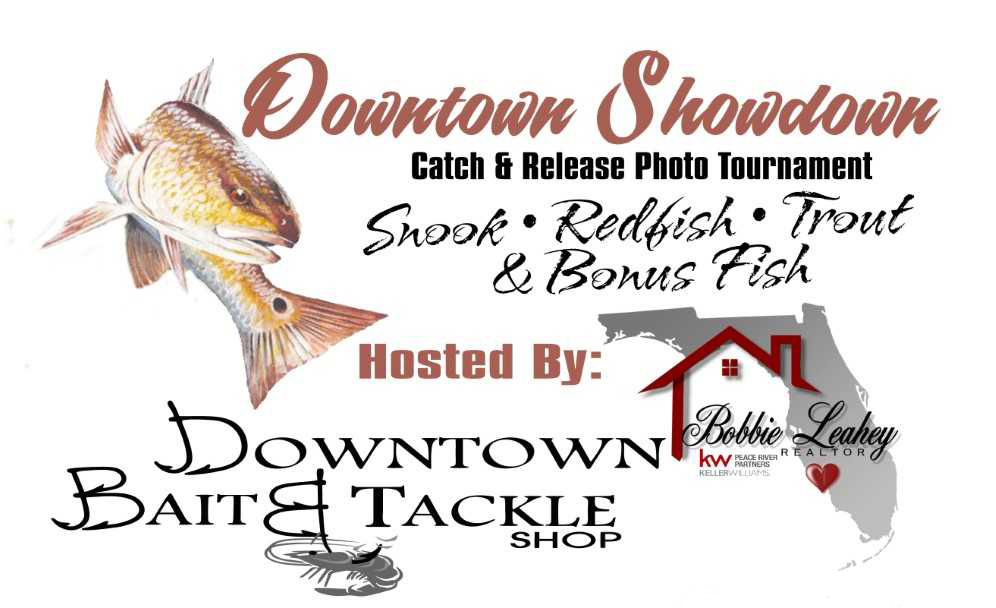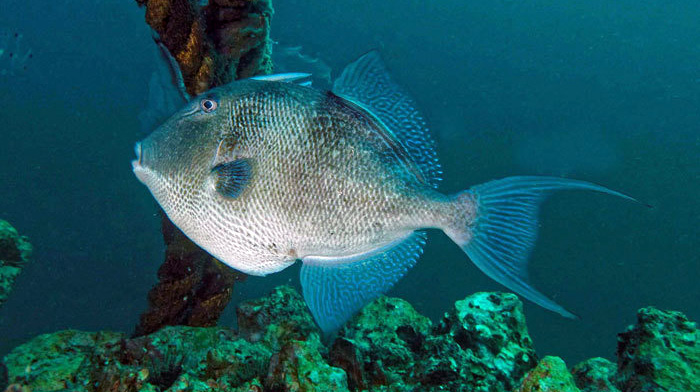A spicy snook recipe that’s sure to be a hit.

Before: The authors son, Matthew Benecke, caught this beauty off Anna Maria Island on a Yo-Zuri Crystal Minnow.
With all the rules and regulations on this species, catching a slot snook in season is a real treat. It cannot be bought at any restaurant or fish market, so it’s worth making something really special when you do catch a keeper. This recipe is great for a cozy night in with a glass of wine and a snuggie or for a formal dinner party. Whatever the occasion, this dish is sure to please the palate.
Pan Seared Snook with Jalapeno Cream Sauce and Seafood Risotto
Serves: 6
Prep time: 15 minutes
Cook time: 1 hour
Ingredients
Seafood Risotto
2 cups of Arborio rice
6-8 cups of chicken stock (kept warm)
3 Tbsp olive oil
1/2 cup onion (chopped)
1 tsp garlic (finely chopped)
1/2 cup of white wine
12oz jumbo shrimp (can use raw or cooked, cut into chunks)
2 cups of bay scallops (small)
1/4 cup whole kernel corn
1/4 cup leeks (rinsed and sliced)
1 tsp dried tarragon
2 Tbsp fresh chives (chopped)
1 small tomato (diced)
2 Tbsp butter salt and pepper (to taste)
Jalapeno Cream Sauce
4 jalapenos, cored and finely diced
1/4 cup red onion, finely chopped
2 Tbsp garlic, finely chopped
2 Tbsp butter
2 cups heavy whipping cream
2 tsp corn starch (mixed with a little water to make a paste for thickening)
Garnish
12 jumbo shrimp (grilled)
6 jalapenos (halved and grilled)
Lemon wedges
Chives
Snook
2 snook fillets, cut into 6 pieces
All purpose flour (just enough for a light dusting)
Light olive oil (enough to coat the bottom of your pan)
2 Tbsp butter
Salt
Ground black pepper
Fish spice of choice (optional)
Directions
Seafood Risotto
Add the oil to a large saucepan over medium heat. Add onion and garlic and sauté until tender. Add the Arborio rice and stir to coat the rice. Add the wine and cook until the wine has absorbed. Turn heat to medium-low. Add 1 to 2 ladles at a time of the warm chicken stock and stir constantly. Let simmer slowly until the liquid has absorbed. Keep adding 1 to 2 ladles at a time and keep stirring. Once you have used about 2/3 of the stock, add in the cut up shrimp, bay scallops, corn and leeks. Keep stirring and adding stock until the rice is creamy and tender. Add in the herbs and tomato and simmer until done. Add in the butter and season with salt and pepper to taste. Keep warm until ready to serve. Add a little warm stock if too thick before serving.
Jalapeno Cream Sauce
Core and remove the seeds from 4 jalapenos. Use 5 if you prefer a stronger jalapeno flavor. Add the butter to a medium sized saucepan over medium heat. Once melted add the onion, jalapeno and garlic. Sauté until the onion is translucent. Add the heavy whipping cream and let simmer on medium-low for about 5 minutes. Mix the cornstarch with a little water, just to make a paste and add this to the cream mixture. Whisk until incorporated and thickened. You can always add a little more cream if too thick. Using an emersion blender, blend the sauce until smooth. Season with a little salt and pepper (to taste). Let simmer for another 2 minutes. Keep warm until ready to serve.
Snook
Once your snook is cleaned and filleted, cut into six pieces and pat dry with paper towel. Preheat the oven to 350 degrees. Season with salt and pepper and lightly dust with flour. Place your pan over medium-high heat. Add the butter and oil. Once butter has melted and the oil is hot, add the snook and sear for two to three minutes on each side. You will need to do this in batches. Place the snook on a parchment lined baking dish and bake for about ten minutes, until cooked throughout. The cooking time will vary depending on thickness of the fillets. If a butter knife slides into the center of the fish with ease, it’s done. If there is some resistance, continue cooking time in two minute increments.
Plating
Place seafood risotto in the center of your plate. Top with a piece of snook. Garnish with two grilled shrimp, chives and lemon wedge. Drizzle sauce around the risotto and a little over the snook. Enjoy!!
Time saving tip: While the risotto is cooking, make the sauce and grill the shrimp. Cook the snook last, just before serving.
The post Pan Seared Snook and Seafood Risotto appeared first on Florida Sportsman.

















